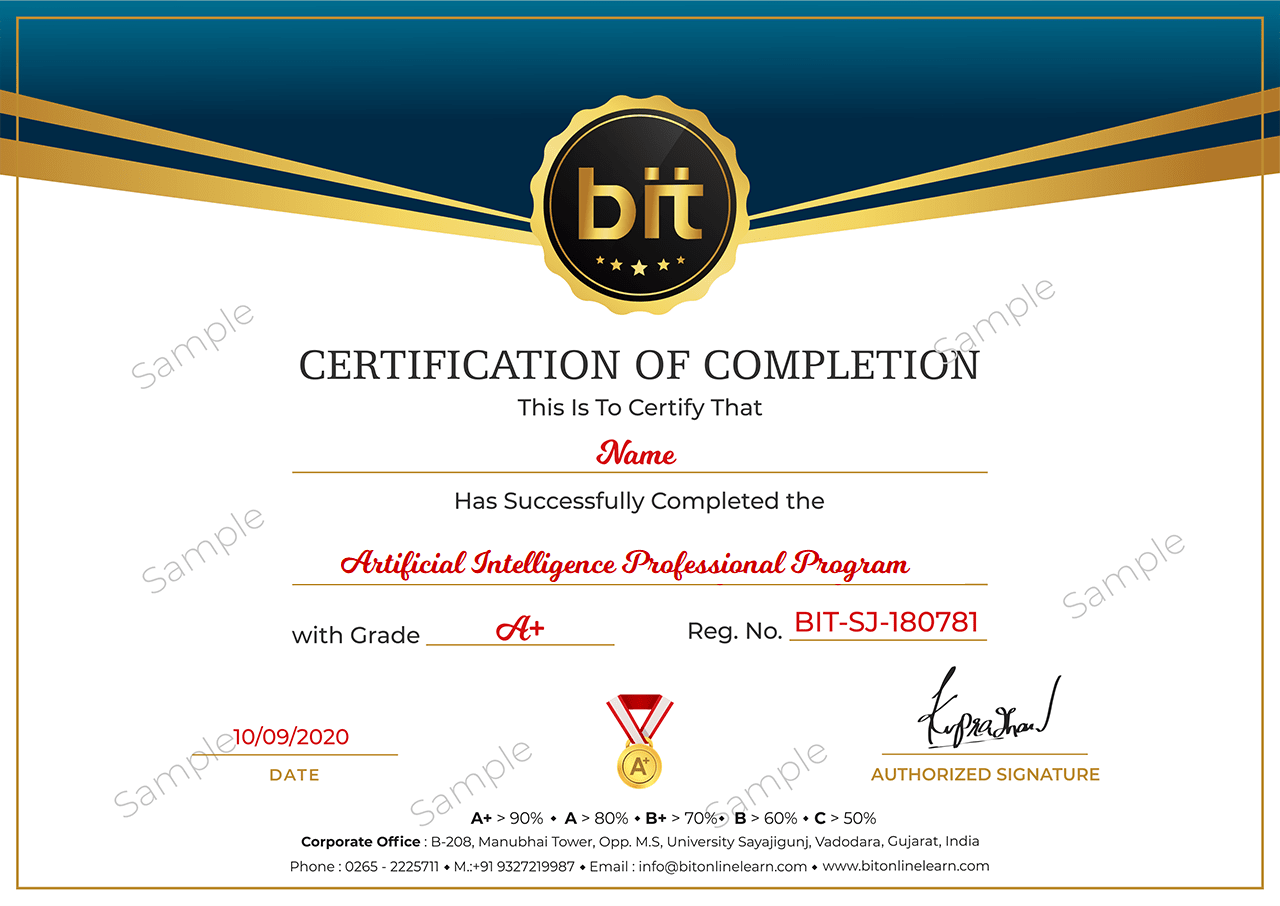· A revolution in Artificial Intelligence
· Limitations of Machine Learning
· What is Deep Learning?
· Advantage of Deep Learning over Machine learning
· Reasons to go for Deep Learning
· Practical Exercise

In Artificial Intelligence Online Training, you would have in-depth Deep Learning and Artificial Intelligence calculations that are regularly utilized over different ventures to take care of huge scale issues with information, and are additionally utilized in building AI frameworks.

The Artificial Intelligence Online Training Course has been designed to develop the insight of the candidates on Data Science. In this training of Artificial Intelligence - Learn How To Build An AI the candidates would learn how to optimize the AI to reach its maximum potential in the real world and in the live scenarios.
The training modules will definitely make the candidates understand the theory behind Artificial Intelligence and helps them to understand how to resolve the Real-world Problems with AI. you will master various aspects of artificial neural networks, supervised and unsupervised learning, logistic regression with a neural network mindset, binary classification, vectorization, Python for scripting Machine Learning applications, and much more. This course will provide a broad understanding of the basic techniques for building intelligent computer systems and an understanding of how AI is applied to problems. You will learn about the history of AI, intelligent agents, state-space problem representations, uninformed and heuristic search, game playing, logical agents, and constraint satisfaction problems.

Copyright Bitonlinelearn © 2021. All Rights Reserved | Design and Developed By BITINFOTECH